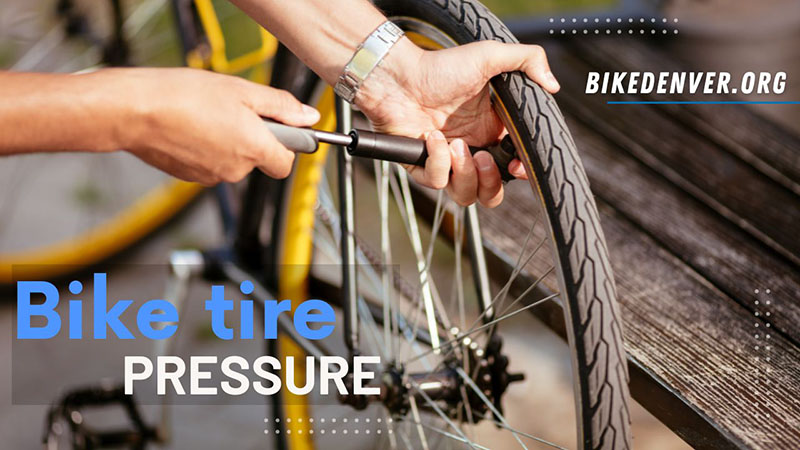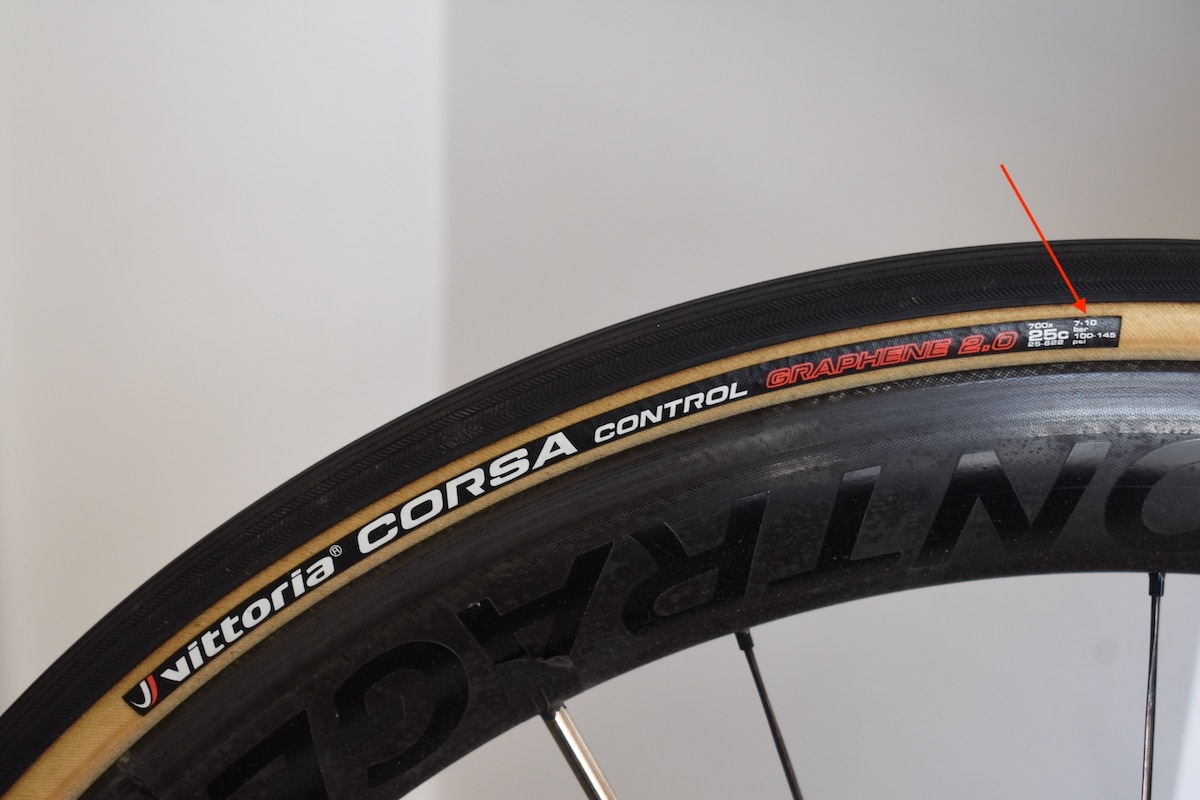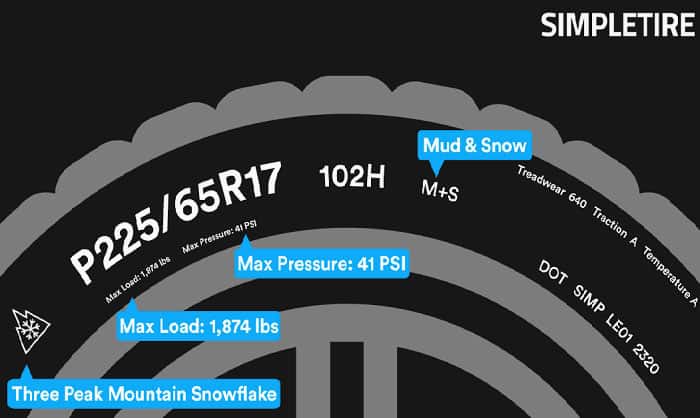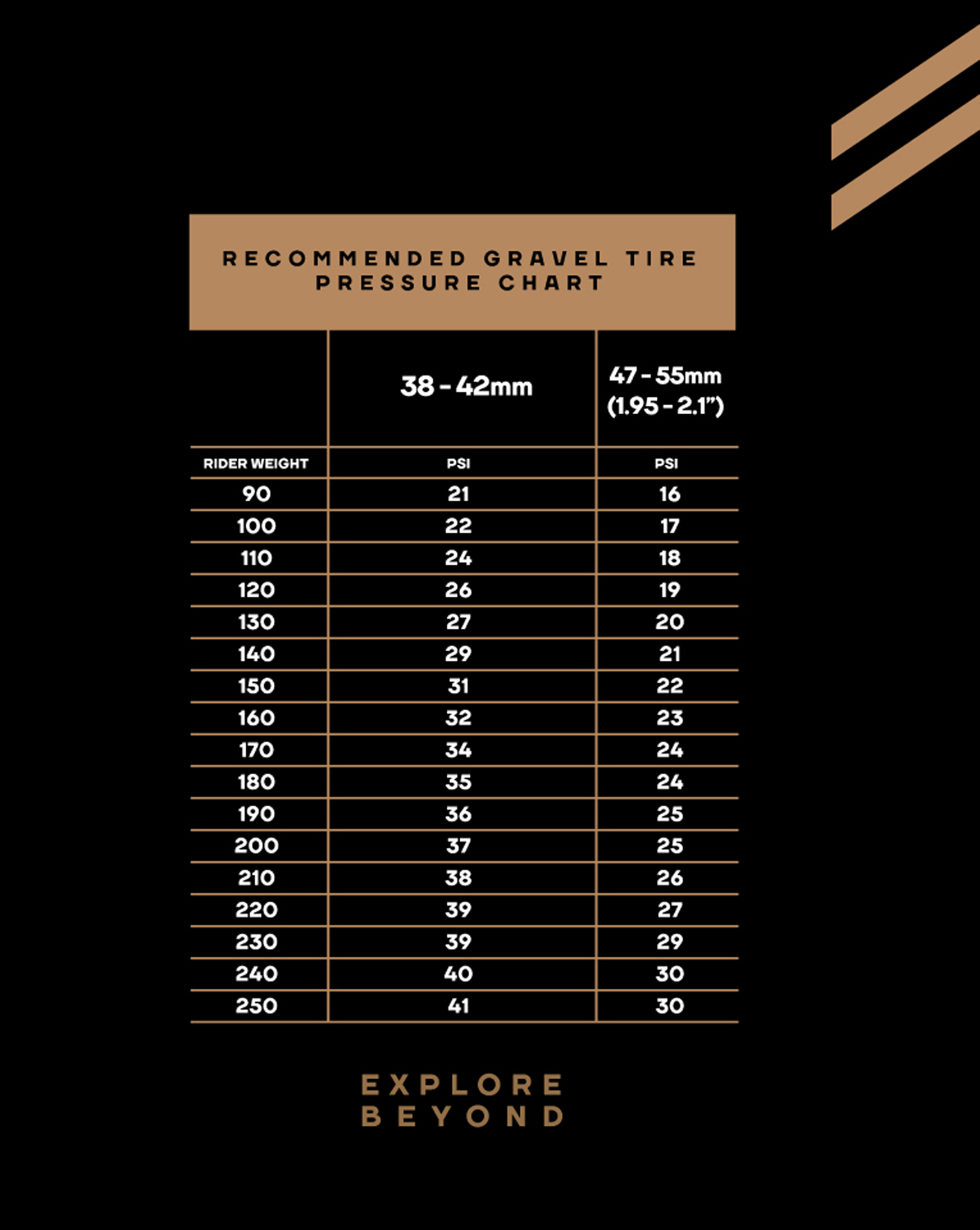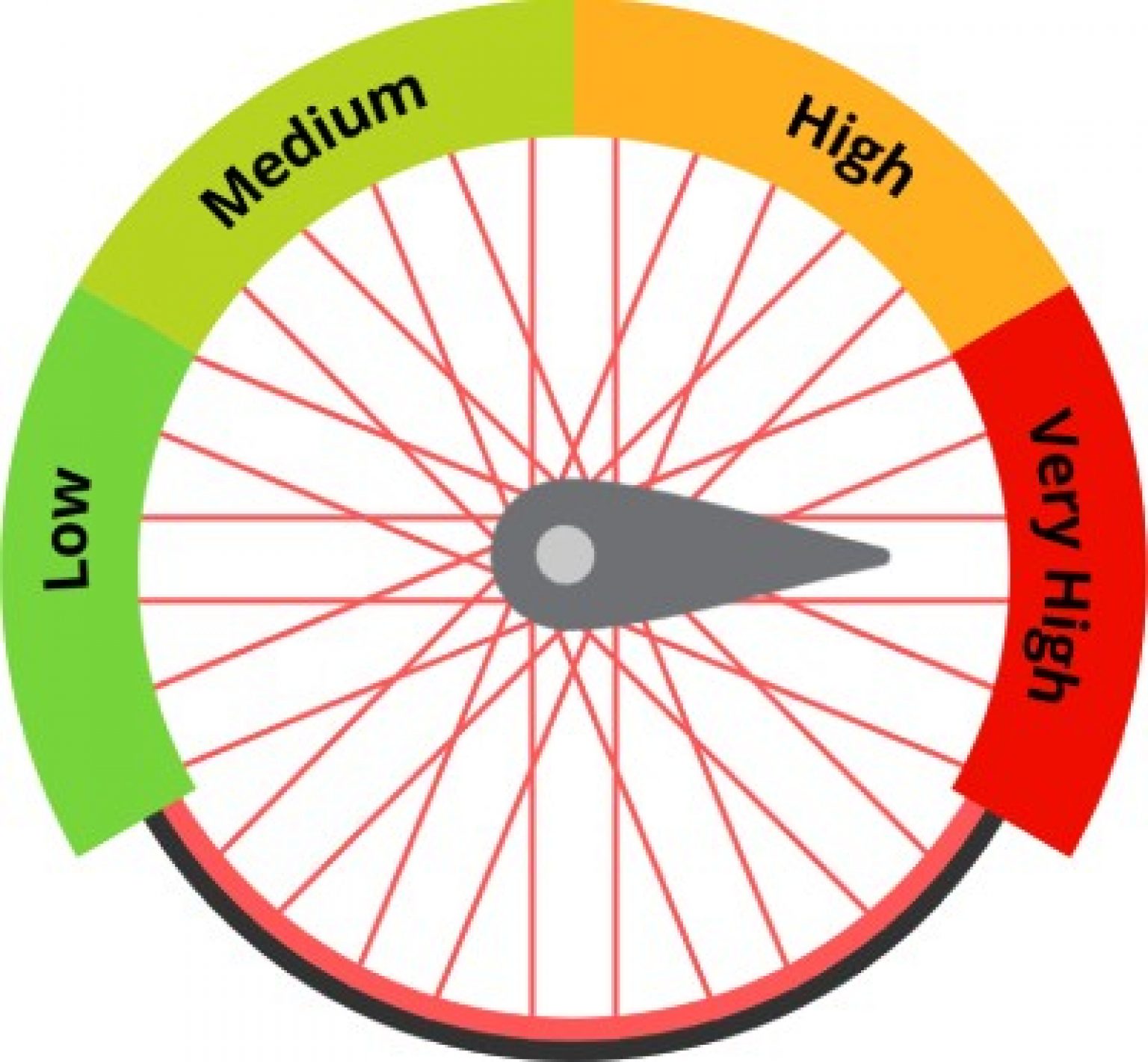Why Proper Tire Pressure Matters for Road Bike Performance
Proper tire pressure is crucial for optimal road bike performance, safety, and comfort. The ideal tire pressure can significantly impact a rider’s speed, efficiency, and overall riding experience. When tires are underinflated or overinflated, it can lead to reduced efficiency, increased risk of punctures, and compromised handling.
For instance, underinflated tires can cause excessive rolling resistance, leading to decreased speed and increased fatigue. On the other hand, overinflated tires can result in a harsh ride, reduced traction, and increased risk of punctures. Furthermore, improper tire pressure can also affect the bike’s handling, making it more difficult to corner and brake.
To determine the ideal tire pressure for road bike tires, riders often ask, “what psi should road bike tires be?” The answer depends on various factors, including the type of tire, rider weight, terrain, and riding style. Generally, road bike tires require higher pressure than mountain bike tires, with recommended pressures ranging from 80 to 130 psi.
It’s essential to note that tire pressure is not a one-size-fits-all solution. Riders must consider their individual needs and adjust the pressure accordingly. For example, heavier riders may require higher pressure to maintain optimal performance and safety, while lighter riders may prefer lower pressure for increased comfort.
By understanding the importance of proper tire pressure, riders can optimize their road bike performance, reduce the risk of punctures, and enhance their overall riding experience. In the next section, we’ll delve into the basics of tire pressure recommendations and explore the factors that influence ideal pressure.
Understanding Tire Pressure Recommendations: A Guide to the Basics
Tire pressure recommendations can be overwhelming, especially for new road bike owners. However, understanding the basics of tire pressure recommendations can help riders make informed decisions about their tire pressure. There are several types of road bike tires, including clincher, tubular, and tubeless tires, each with its own unique characteristics and recommended pressure ranges.
Clincher tires, for example, are the most common type of road bike tire and typically require higher pressure than tubular or tubeless tires. The recommended pressure for clincher tires usually ranges from 80 to 120 psi, depending on the tire size and rider weight. Tubular tires, on the other hand, require lower pressure, typically ranging from 60 to 100 psi.
Tubeless tires, which are becoming increasingly popular, require a slightly different approach to tire pressure. Since tubeless tires do not have an inner tube, the pressure is applied directly to the tire, and the recommended pressure range is typically lower than clincher tires, ranging from 60 to 90 psi.
In addition to tire type, other factors can influence recommended tire pressure, including rider weight, terrain, and tire size. Heavier riders, for example, may require higher pressure to maintain optimal performance and safety, while lighter riders may prefer lower pressure for increased comfort.
To help riders determine the ideal tire pressure, many tire manufacturers provide tire pressure charts and tables. These charts typically list the recommended pressure range for different tire sizes and rider weights. For example, the Continental Grand Prix 4000 tire chart recommends a pressure range of 90 to 120 psi for riders weighing between 150 and 200 pounds.
Online tire pressure calculators can also be a useful tool for riders to determine their ideal tire pressure. These calculators take into account factors such as tire size, rider weight, and terrain to provide a recommended pressure range.
By understanding the basics of tire pressure recommendations and considering factors such as tire type, rider weight, and terrain, riders can make informed decisions about their tire pressure and optimize their road bike performance.
How to Determine the Ideal Tire Pressure for Your Road Bike
Determining the ideal tire pressure for your road bike can be a straightforward process if you follow a few simple steps. The first step is to check the sidewall of your tire for the recommended pressure range. This range is usually indicated by a series of numbers and letters, such as “90-120 psi” or “6.2-8.3 bar”.
Next, consider your riding style and terrain. If you’re a heavier rider or ride on rough roads, you may need to increase the pressure to maintain optimal performance and safety. On the other hand, if you’re a lighter rider or ride on smooth roads, you may be able to get away with lower pressure.
Another useful tool for determining ideal tire pressure is an online tire pressure calculator. These calculators take into account factors such as tire size, rider weight, and terrain to provide a recommended pressure range. Some popular online tire pressure calculators include the Continental Tire Pressure Calculator and the Michelin Tire Pressure Calculator.
When using an online tire pressure calculator, be sure to enter your information accurately and follow the recommended pressure range. It’s also a good idea to consult with a professional bike mechanic or experienced rider if you’re unsure about the ideal tire pressure for your road bike.
Remember, the ideal tire pressure for your road bike will depend on a variety of factors, including your riding style, terrain, and tire type. By following these steps and using the right tools, you can determine the ideal tire pressure for your road bike and optimize your performance and safety.
For example, if you’re riding a Continental Grand Prix 4000 tire and weigh 170 pounds, the recommended pressure range might be 100-110 psi. However, if you’re riding on rough roads or carrying a heavy load, you may need to increase the pressure to 110-120 psi to maintain optimal performance and safety.
Ultimately, the key to finding the ideal tire pressure for your road bike is to experiment and find the perfect balance for your riding style and terrain. By following these steps and using the right tools, you can optimize your performance and safety and enjoy a more comfortable and efficient ride.
The Role of Rider Weight in Determining Tire Pressure
Rider weight plays a significant role in determining the ideal tire pressure for road bikes. Heavier riders require higher pressure to maintain optimal performance and safety, while lighter riders can get away with lower pressure. This is because heavier riders put more stress on the tires, which can lead to increased rolling resistance, reduced traction, and a higher risk of punctures.
As a general rule, riders who weigh over 200 pounds (90 kg) should increase their tire pressure by 5-10 psi (0.3-0.7 bar) to maintain optimal performance and safety. Riders who weigh between 150-200 pounds (68-90 kg) can follow the recommended pressure range on the sidewall of the tire, while riders who weigh under 150 pounds (68 kg) can reduce the pressure by 5-10 psi (0.3-0.7 bar) for increased comfort and traction.
For example, if a rider weighs 220 pounds (100 kg) and is using a Continental Grand Prix 4000 tire, they may need to increase the pressure to 110-120 psi (7.6-8.3 bar) to maintain optimal performance and safety. On the other hand, a rider who weighs 120 pounds (54 kg) may be able to get away with a pressure of 80-90 psi (5.5-6.2 bar) for increased comfort and traction.
It’s also important to note that rider weight is not the only factor that affects tire pressure. Other factors, such as terrain, tire size, and riding style, also play a significant role in determining the ideal tire pressure. By taking these factors into account and adjusting the tire pressure accordingly, riders can optimize their performance and safety on the road.
When adjusting tire pressure based on rider weight, it’s also important to consider the type of tire being used. Different tires have different pressure recommendations, and some tires may be more sensitive to changes in pressure than others. By consulting the manufacturer’s recommendations and taking into account the specific needs of the rider, riders can find the perfect balance of performance, comfort, and safety.
Tire Pressure and Terrain: How to Adjust for Different Riding Conditions
Tire pressure and terrain are closely linked, and adjusting your tire pressure for different riding conditions can make a significant difference in your road bike’s performance and safety. When riding on rough roads, it’s often beneficial to reduce tire pressure to increase comfort and traction. This is because lower pressure allows the tire to conform to the road surface, reducing the impact of bumps and vibrations.
On the other hand, when riding on smooth roads, it’s often beneficial to increase tire pressure to optimize speed and efficiency. This is because higher pressure reduces rolling resistance, allowing the tire to roll more smoothly and efficiently. However, it’s essential to note that overinflating can lead to reduced traction and increased risk of punctures.
When adjusting tire pressure for different terrain, it’s also important to consider the type of tire being used. Different tires have different pressure recommendations, and some tires may be more sensitive to changes in pressure than others. For example, tubeless tires may require lower pressure than clincher tires, while tubular tires may require higher pressure.
Here are some general guidelines for adjusting tire pressure for different terrain:
For rough roads:
- Reduce tire pressure by 5-10 psi (0.3-0.7 bar) to increase comfort and traction.
- Use a tire pressure gauge to ensure accurate pressure readings.
For smooth roads:
- Increase tire pressure by 5-10 psi (0.3-0.7 bar) to optimize speed and efficiency.
- Use a tire pressure gauge to ensure accurate pressure readings.
For mixed terrain:
- Use a tire pressure that balances comfort and efficiency.
- Experiment with different pressure settings to find the optimal balance for your riding style and terrain.
By adjusting your tire pressure for different terrain, you can optimize your road bike’s performance and safety, and enjoy a more comfortable and efficient ride.
Real-World Examples: Tire Pressure Settings for Popular Road Bike Tires
To help illustrate the importance of proper tire pressure, let’s take a look at some real-world examples of tire pressure settings for popular road bike tires. We’ll examine the recommended pressure ranges for the Continental Grand Prix 4000, Michelin Pro 4, and Vittoria Corsa.
Continental Grand Prix 4000:
- Recommended pressure range: 90-120 psi (6.2-8.3 bar)
- Rider weight: 150-200 pounds (68-90 kg)
- Terrain: Smooth roads
Michelin Pro 4:
- Recommended pressure range: 80-110 psi (5.5-7.6 bar)
- Rider weight: 120-180 pounds (54-82 kg)
- Terrain: Mixed roads
Vittoria Corsa:
- Recommended pressure range: 90-120 psi (6.2-8.3 bar)
- Rider weight: 150-200 pounds (68-90 kg)
- Terrain: Smooth roads
As you can see, the recommended pressure ranges for these popular road bike tires vary depending on the rider’s weight and terrain. It’s essential to consult the manufacturer’s recommendations and adjust the pressure accordingly to ensure optimal performance and safety.
When setting tire pressure, it’s also important to consider the type of tire being used. Different tires have different pressure recommendations, and some tires may be more sensitive to changes in pressure than others. By understanding the specific needs of your tire, you can optimize your performance and safety on the road.
Remember, the key to finding the perfect balance of tire pressure is to experiment and find what works best for your riding style and terrain. By following the manufacturer’s recommendations and adjusting the pressure accordingly, you can optimize your performance and safety on the road.
Common Mistakes to Avoid When Setting Tire Pressure
When setting tire pressure, there are several common mistakes to avoid. These mistakes can lead to reduced performance, increased risk of punctures, and compromised handling. Here are some of the most common mistakes to avoid:
Overinflating:
- Overinflating can lead to reduced traction, increased risk of punctures, and compromised handling.
- Check the sidewall for recommended pressure and adjust accordingly.
Underinflating:
- Underinflating can lead to reduced efficiency, increased risk of punctures, and compromised handling.
- Check the sidewall for recommended pressure and adjust accordingly.
Neglecting to check pressure regularly:
- Tire pressure can fluctuate over time due to temperature changes, tire wear, and other factors.
- Check tire pressure regularly to ensure optimal performance and safety.
Not considering rider weight and terrain:
- Rider weight and terrain can significantly impact tire pressure.
- Adjust tire pressure accordingly to ensure optimal performance and safety.
Not using a tire pressure gauge:
- A tire pressure gauge is essential for accurate pressure readings.
- Use a high-quality tire pressure gauge to ensure optimal performance and safety.
By avoiding these common mistakes, you can ensure optimal performance and safety on the road. Remember to always check the sidewall for recommended pressure, consider rider weight and terrain, and use a tire pressure gauge for accurate readings.
Conclusion: Finding the Perfect Balance for Your Road Bike Tires
Proper tire pressure is crucial for optimal road bike performance and safety. By understanding the basics of tire pressure recommendations, considering rider weight and terrain, and avoiding common mistakes, you can find the perfect balance for your riding style and terrain.
Remember, the ideal tire pressure for your road bike will depend on a variety of factors, including the type of tire, rider weight, terrain, and riding style. By experimenting and finding the perfect balance, you can optimize your performance and safety on the road.
When searching for the answer to “what psi should road bike tires be,” it’s essential to consider the specific needs of your tire and riding style. By following the guidelines outlined in this article, you can ensure optimal performance and safety on the road.
In conclusion, proper tire pressure is a critical aspect of road bike performance and safety. By understanding the basics of tire pressure recommendations and avoiding common mistakes, you can find the perfect balance for your riding style and terrain. Experiment with different pressure settings, consider your rider weight and terrain, and always check the sidewall for recommended pressure.
By following these guidelines, you can optimize your road bike performance and safety, and enjoy a more comfortable and efficient ride. Whether you’re a seasoned pro or a beginner, proper tire pressure is essential for getting the most out of your road bike.


